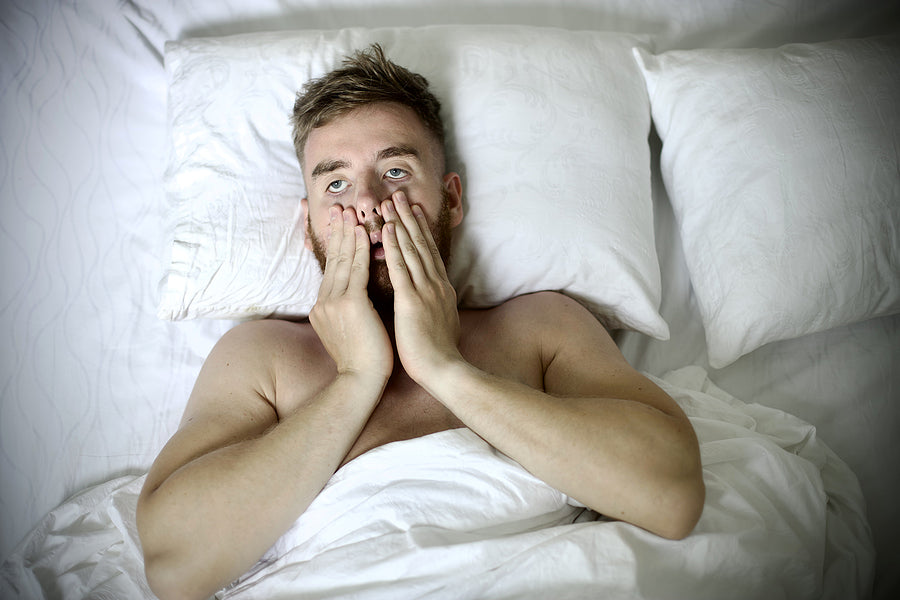
It has been true for a while that non-alcoholic beer is the fastest-growing market sector for beer, and the reason for that is that each successive generation is drinking less and less.
Generation Z is drinking significantly less than millennials, who in turn are drinking less than Generation X did, and one of the biggest reasons for this is a greater mindfulness of the physical and mental health effects of alcohol.
Whilst Dry January has a diverse range of people taking part every year, for Gen Z the focus is more on “sober curiosity”, or a general consciousness of their relationship with alcohol throughout the year.
One of the health effects that people feel but may not realise is the effect alcohol has on sleep, and not just because it eliminates the so-called “hangxiety” that can come from after a night of excessive drinking.
Alcohol affects and disrupts your sleep despite creating a feeling of relaxation or restfulness, which typically leads to a drunk person going to bed and struggling to get a consistent level of sleep.
It increases the amount of time you spend in the less recuperatory non-rapid eye movement (NREM) sleep stages and shortens your rapid eye movement (REM) sleep stage.
In practice this means that it takes longer to completely fall asleep, causes you to spend less time asleep, wake up more often during the night and have generally more restless sleep.
It can also affect your throat muscles, causing conditions such as sleep apnea and snoring to get considerably worse.
Typically it takes your body an hour to process a unit of alcohol, so if you have two small glasses of wine or two pints of 4 per cent ABV beer, it can take up to five hours for the alcohol to be processed by your system, often longer than the night out where these drinks were consumed.
